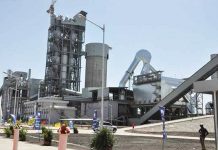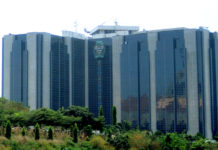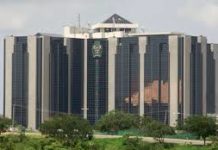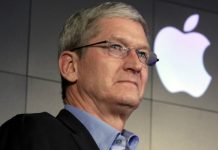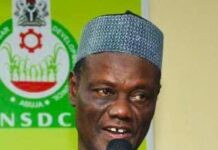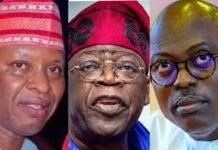
Nigeria’s Broadband Penetration Falls to 42.53%, $461m Investment Gap Slows Coverage
Nigeria’s broadband penetration fell to 42.53 percent as of January, and subscriptions stood at 92.19 million, spotlighting the huge deficit in a country with a population of over 200 million.
According to the Nigerian National Broadband Plan 2020-2025, the country hopes to increase broadband penetration to 70 percent by 2025. To achieve 96 percent mobile broadband coverage by 2030 (which will offer internet access to almost all), the country needs about $461 million in investments, according to GSMA.
The global telco association cited a “$461 million investment gap (no policy reform)” regarding Nigeria in its recent report on universal service funds in Africa policy reforms to enhance effectiveness.
Over the years, service providers’ network infrastructure investments have significantly reduced the coverage gap. Across Africa, the coverage gap for mobile broadband networks fell to 13 percent in 2022 from 56 percent in 2012.
In Nigeria, telcos have been responsible for the growth of communications networks since the telecom revolution began in 2001. These service providers have continued to invest in expanding their network capacity, closing coverage gaps, and deploying new technologies, GSMA said recently.
“Providers across Africa have made substantial investments to close the coverage gap. In particular, 4G/5G coverage has more than doubled from 32 percent in 2018 to 68 percent of the population in 2022,” it said.
In 2021, MTN Nigeria and Airtel Africa recorded N536.91 billion in capital expenditures (largely network rollouts), which increased to N613.13 billion in 2022 and N732.42 billion in 2023.
Despite this, according to the Nigerian Communications Commission (NCC), about 27 million Nigerians do not have access to telecom services because they live in the 97 clusters, primarily rural areas, that lack access to telecom networks. In 2021, the government revealed that 301 local government areas did not have internet access.
Because telcos make most of their investments in cities, rural areas are primarily underserved or unserved. A recent white paper, titled ‘Deepening Nigeria’s National Backbone and Middle Mile Infrastructure,’ by the Ministry of Communications, Innovation, and Digital Economy revealed that about 25 percent of the metro fibre network’s distance were concentrated in the major cities of Lagos, Edo, Abuja, Oyo, and Ogun states, leaving other states underserved.
Fibre optic cable deployment is crucial to achieving wider connectivity in the country, and as of 2023, 78,676 kilometres of fibre optic cables had been deployed.
Lagos led with 7,864.60km; Edo, 4,892.71km; FCT, 4,472.03km; Ogun, 4,189.18km; Niger, 3,681.66km; Kaduna, 3,028.88km; Delta, 2,750.42km; Kano, 2,697.72km; and Kogi, 2, 602.25km.
The 10 states with the least fibre deployment are Yobe (1,233.31km), Borno (1,190.04km), Gombe (1,182.40km), Ekiti (1,178.04km), Jigawa (1,100.53km), Taraba (1,076.58km), Sokoto (1,066.56km), Plateau (997.45km), Ebonyi (651.65km), and Bayelsa (407.88km).
As of 2022, Nigeria had 34,862 towers, 127,294 base stations, and 96,198km of fibre optics deployment (terrestrial fibre and submarine cable). Most of the towers were concentrated in a few states. As of 2021, Lagos had 5,851; Ogun, 2,418; Rivers, 2,049; FCT, 1,944; Oyo, 1,713; and Edo, 1,556.
The states with the fewest towers are Kebbi (415), Bayelsa (367), Ebonyi (363), Gombe (356), Yobe (316), and Zamfara (283).
Closing this remaining coverage gap is primarily an economic challenge. GSMA said: “Expanding mobile broadband networks becomes increasingly costly, while revenues for each additional mobile site decline as the number of people covered per new site becomes smaller.”






